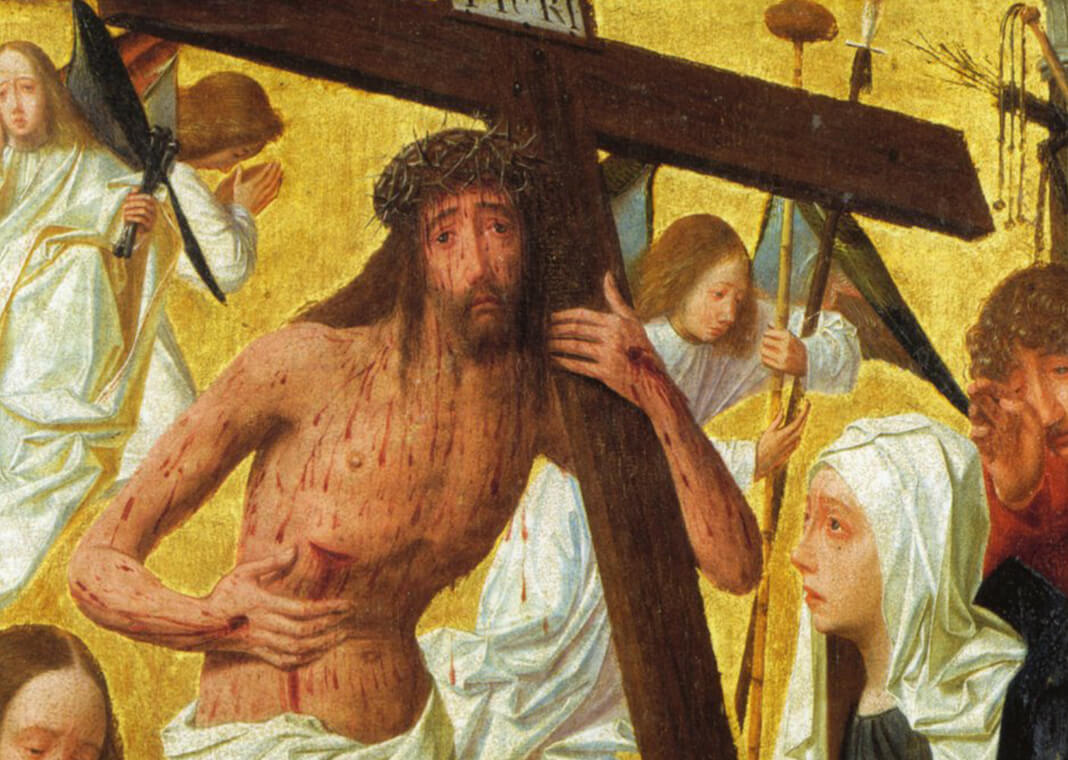
About six years ago, I undertook the 19th Annotation version of the Spiritual Exercises (the Exercises in daily life). I remember praying imaginatively with the scene of Jesus in the garden at Gethsemane. Initially, I imagined myself among Jesus’ friends who waited outside the garden as he had asked. Suddenly, I realized that I did not want Jesus to be alone in his time of suffering, and so I ran to kneel next to him in the garden. I felt completely powerless to prevent his sorrow, suffering, and fear, but desperately wanted to be near to him in all that he was experiencing. I embraced him, wept with him, and held him, hoping to provide some comfort.
As I prayed, I discovered that my desire to be intimately with Jesus, and not to leave him alone in his time of need, was a mirror reflection of Jesus’ first choosing to be with me in my own suffering. God came to be a human being and to suffer so that we would never be alone in our own suffering, anxieties, fears, and sorrows. “Permit me not to be separated from you” are words that each one of us can pray to God because God said them to us first.
Jesus’ wounds also serve as a resting place for us. “Within your wounds hide me” speaks of uniting our own wounds to those of Jesus. By placing ourselves within his wounded side, hands, and feet, our own wounds become known, transformed, and healed. When I prayed with the image of Jesus being scourged, part of me desired to take a blow so that Jesus would not have to take so many. But Jesus was insistent that he cover me with his own body and take the suffering upon himself. We might want to shelter Jesus, but it is Jesus who takes on human suffering, and so shelters us from suffering and the consequences of sin.
Knowing that God comes to be with us in our suffering is also what allows us to go and to be with other people in theirs. We cannot always alleviate others’ pain by removing it from them, but we can faithfully remain present to them so that they are not alone. What Jesus does for us becomes mirrored in what we can then go out and do for others. What we receive in love, we can then go on to give.
Image: Geertgen tot Sint Jans, “Christ as Man of Sorrows.”
